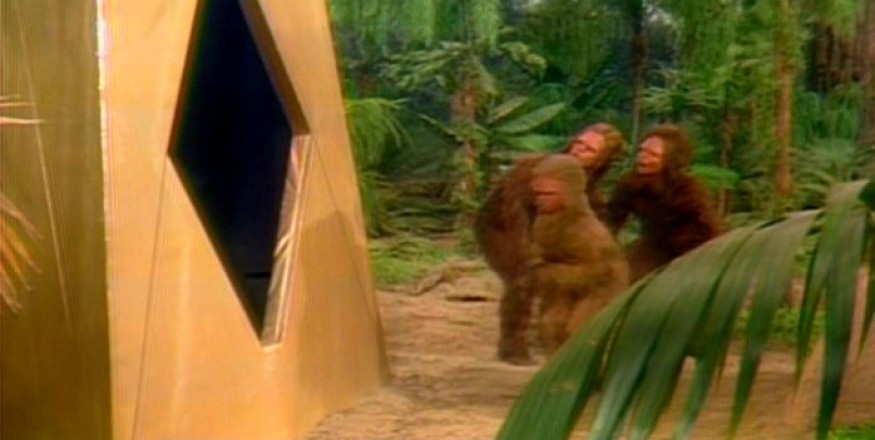Like a little, hi-tech toy, the ship floated inert and motionless in the void. There was no way of telling that it was the fastest object in the Solar System and that it was traveling far faster than any of the nine planets as they circled the Sun.415Please respect copyright.PENANAheaNp6KbAh
Nor was there any indication that it carried life; on the contrary, in fact. Any observer would have noticed two ominous signs: the airlock doors were gaping open--and the ship was surrounded by a thin, slowly dispersing debris cloud.
Scattered over a volume of space already miles across were scraps of paper, metal, foil, unidentifiable bits of junk---and, here and there, clouds of crystals glittering like gems in the faraway sun, where liquid had been sucked out of the ship and instantly frozen. All this was the unmistakable aftermath of disaster, like wreckage tossing on the surface of an ocean where some mighty ship had sunk. But in the ocean of space no ship could ever sink; even if it were destroyed, its remnants would continue to trace the original orbit till the end of time.
Yet the ship was not totally dead, for there was power aboard. A faint blue glow was shining from the observation windows and glimmering inside the open airlock. Where there was light, there could still be life.
And now, finally, there was movement. Shadows were flickering across the blue glow inside the airlock. Something was going into space.
It was a cylindrical object, covered with fabric that had been sloppily wound about it. A moment later it was followed by another---and yet a third. All had been ejected with considerably velocity; within minutes, they were hundreds of yards away.
Thirty minutes passed; then something much larger floated through the airlock. One of the bolas was inching its way out into space.
Very carefully, it jetted around the hull, and anchored itself near the base of the antenna support. A spacesuited figure emerged, worked for a few minutes on the mounting, then came back to the bola. After a while the bola retraced its path back to the airlock; it hovered outside the opening for some time, as though finding it hard to reenter without the cooperation it had known in the past. But presently, with one or two slight bumps, it squeezed its way in.
Nothing else happened for over one hour; the 3 ominous packages had long since disappeared from view, as they floated in single file away from the ship.
Then the airlock doors sealed, opened, and re-sealed. A little later, the faint blue glow of the emergency lights went out---to be replaced at once by a far more brilliant glare. Pesquisador was coming back to life!
Presently there was an even better sign. The great bowl of the antenna, which for hours had been staring uselessly at Saturn, began to move again. It twisted round toward the rear of the ship; looking back over the propellant tanks and the thousands of square feet of the radiating fins. It lifted its face like a sunflower seeking the sun.
Inside Pesquisador, Maisam Dhala carefully centered the crosswires that aligned the antenna on the gibbous Earth. Without automatic control, he would have to keep readjusting the beam--but it should hold steady for many minutes at a time. There were no dissenting impulses now, throwing it off target.415Please respect copyright.PENANAv1EjrZZCCI
He began to speak to Earth. It would be over an hour before his words got there, and Central Mission learned what had happened. It would be two hours before any reply could reach him.
And it was hard to imagine what answer Earth could possibly send, except a tactfully sympathetic, "Adeus."415Please respect copyright.PENANA8FQrd8ju6E






















